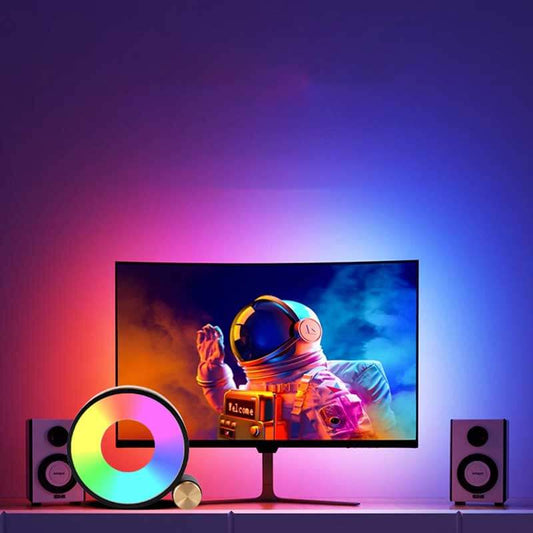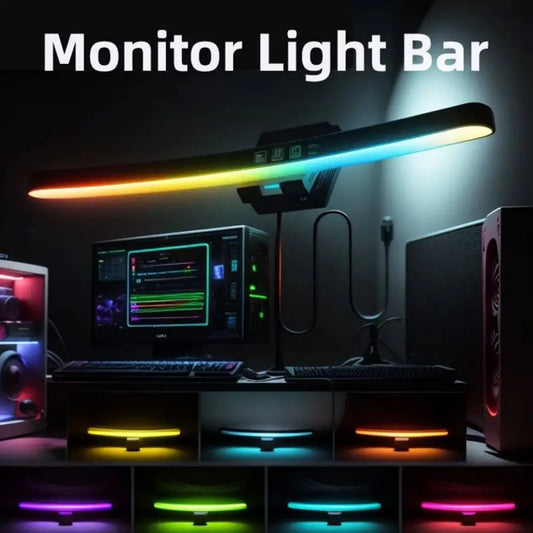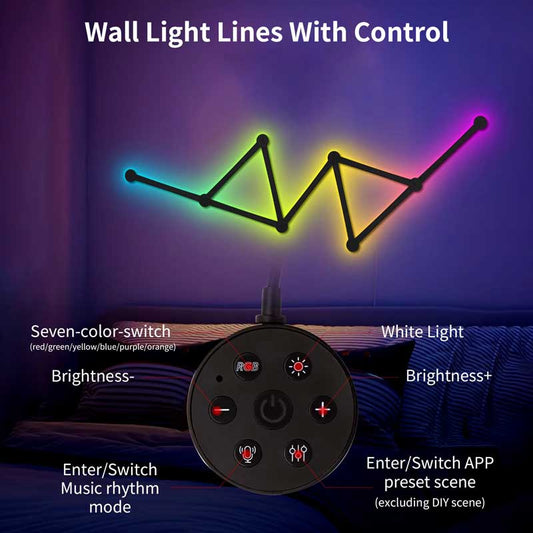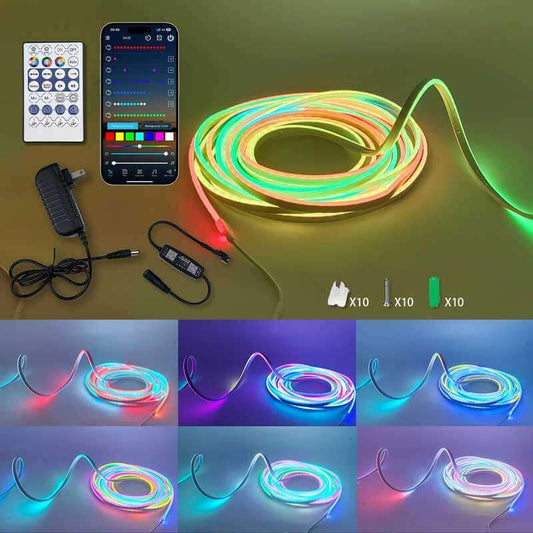How do I get RGB lights on my computer?
Aktie
Getting RGB lights on your computer can add a vibrant, customizable aesthetic to your setup. Here's a guide on how to add RGB lights to your computer, depending on your needs and preferences:
1. Choose the Right RGB Hardware
To get RGB lights on your computer, you'll need compatible RGB components or accessories. Here are some options:
a. RGB Case Fans
- Many gaming PC cases come with RGB fans pre-installed, but if your case doesn't, you can buy RGB fans separately.
- Popular brands like Corsair, Cooler Master, and NZXT offer RGB fans.
- Choose RGB fans that are either addressable RGB (ARGB) or RGB depending on your preference for individual light control.
b. RGB RAM
- If you want your RAM to glow, consider getting RGB RAM sticks. Corsair Vengeance RGB Pro and G.SKILL Trident Z RGB are great options.
- RGB RAM can be controlled through software, and the lighting will sync with other RGB components.
c. RGB Strips
- RGB LED strips are an affordable way to add RGB lighting to your setup. These can be placed around the edges of your case, monitor, or desk.
- Brands like Corsair and Phanteks offer RGB strips that can be controlled via software or remotes.
d. RGB GPU Backplates
- Some graphics cards come with built-in RGB lighting or offer optional backplates with RGB effects.
- If you want your GPU to have customizable lighting, look for models from MSI, ASUS, or Gigabyte that include RGB lighting.
e. RGB Keyboard and Mouse
- You can add RGB to your input devices like your keyboard and mouse.
- Popular RGB keyboards from Razer, Logitech, and Corsair offer full RGB customization.
- Many mice from these brands also feature RGB lighting for added customization.
2. Ensure Your PC Supports RGB Lighting
- Motherboard Compatibility: To control RGB lighting through software, make sure your motherboard has RGB headers (either 12V RGB or 5V ARGB). Many modern motherboards from brands like ASUS, MSI, Gigabyte, and ASRock come with these headers.
- Power Supply: Some RGB components may require additional power, such as a dedicated RGB controller. Make sure your power supply has the necessary connections.
3. Use RGB Control Software
To control and sync your RGB lighting, you'll need to use compatible RGB software. Here are some of the most popular ones:
a. ASUS Aura Sync
- If you have an ASUS motherboard or GPU, you can use Aura Sync to control and synchronize the lighting on your components.
b. Corsair iCUE
- If you use Corsair RGB products, you’ll need the iCUE software to customize the colors and effects of your RGB fans, RAM, and peripherals.
c. MSI Mystic Light
- MSI users can use the Mystic Light software to control RGB lighting on MSI motherboards, graphics cards, and peripherals.
d. Razer Chroma
- Razer offers the Chroma software that allows for extensive RGB control over Razer peripherals, and it can also sync with other devices through Chroma-enabled games and apps.
e. SignalRGB
- For a universal RGB control solution, SignalRGB can manage all your RGB peripherals, regardless of the brand. It supports various devices, including keyboards, mice, and even lighting strips.
f. OpenRGB
- If you want to control the RGB lights across different brands (like Corsair, MSI, ASUS), you can use OpenRGB, which is a free, open-source software that supports a wide range of RGB devices.
4. Set Up and Customize Your RGB Lighting
Once you've installed your RGB hardware and software, you can start customizing:
- Sync Lighting: Sync all your RGB components to have matching lighting schemes, or create your own custom lighting effects.
- Adjust Colors: Choose the colors and lighting effects that best match your mood or gaming session. Many software solutions offer pre-configured lighting effects like breathing, waves, and reactive modes.
- Create Profiles: Save your RGB settings as profiles for different moods or activities. Some software can even sync the lighting with your games or music.
5. Consider RGB Accessories
- RGB LED Light Strips: You can add LED light strips inside or outside your PC case or around your desk for additional lighting effects.
- RGB Desk Lamps: If you want RGB lighting for your whole setup, RGB desk lamps or ambient lighting can help complement your PC.
Conclusion
Getting RGB lights on your computer is a great way to enhance your setup and add a personalized touch to your PC. Whether you want to light up your case, peripherals, or desk, there are plenty of options available. By choosing compatible RGB components and using the right software, you can easily create a lighting setup that suits your style. Whether you prefer subtle lighting or vibrant, dynamic effects, RGB lighting allows you to truly make your gaming or working space your own!




